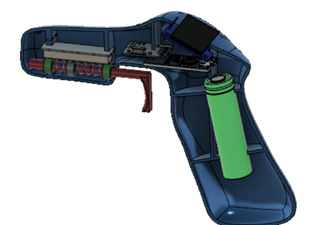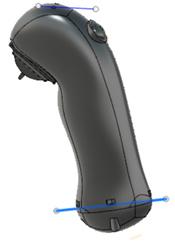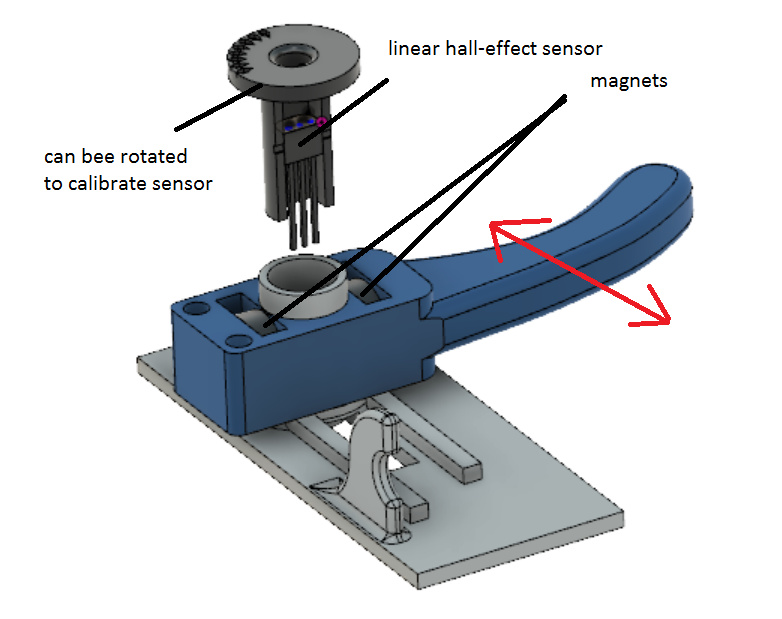Regarding DIY controllers
Cannot find a working controller unit for the E-foil so we need to build our own. (RC remote in a bag is not a great solution. )
We have spent the last months building, designing and programing several controller units. And have some info we want to share. We all need some way of controlling the E-foil. As we see it we have two options that work, a wireless remote or a wired remote.
Requirements for the remote (there may be more)
Waterproof
Acceleration curve to eliminate strain on Gearbox/motor
Dead Man’s Switch (DMS) switch that needs to be pressed to achieve propulsion (safety feature)
Rechargeable (if wireless)
Battery indicator for board and controller.
Wierless:
pros:
LOOKS COOLER!
No wire entanglement
cons:
Needs to be recharged
May have sync issues,
Requires more electronics.
Wired:
Pros:
Stable connection
no extra battery required .
The remote can be smaller.
you don’t lose the remote.
Cons:
looks ugly
Wire entanglement
requires strong wire/cable.
How to transmit data. From remote to board?
Wire
BT modules, I have used Two HC-05 modules they seem to work ok, but I think the bluefruit modules are simpler to use. Also tested some cheap 2.4ghz modules they did not work very well…
THROTTLE switches:
Hall effect switches/sensors: they have no moving parts, which gives them long life. But they are also quite sensitive to noise, /magnetic fields etc… . I have had some issues with the Thumbweel switch I ordered from RS components, 1. It’s not waterproof did not fulfill its ip67 requirements ( you have to modify it) 2. Some drift in the data it outputs, 3. Sensitive to noise. 4. A bit to short travel to be comfortable to use (too sensitive). 5. Expensive.
But overall it works ok, but not perfect. Biggest advantage with this switch is that it has return springs and is waterproof when modified.
Potentiometer:
They have a very stable signal! There are MANY different types, but they can be a bit troublesome to make waterproof. But with a shaft seal it’s not that hard. I will make one with a potentiometer it will be more stable. And I can get a longer travel on the trigger to make it easier to use.
Biggest advantage stable signal, cheap, easily customizable.
Pressure sensitive resistors: not yet tested but a friend of mine said they were quite reliable. Any one tested them yet?
Some of the designs so far:
this i V2 or somting not yet built but uses sliding potentiometer.

V5 built and tested works fin but not yet satisfied. Uses thumbwheel witch from RS components. Also DMS button and some LEDS that blink when low battery

will post more soon, I am tired of writing. ![]()






